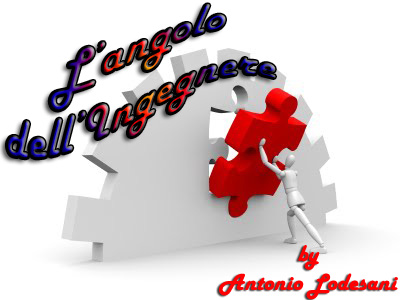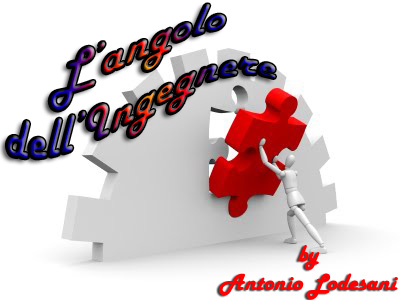Create a Site with WordPress: Content Management in the Admin Panel

YNOT EUROPE – Previous columns in this series have given an overview of the fundamental aspects of the WordPress administration panel. By now you should know how each individual item works and be able to figure out where to look in the panel to find specific operations.
In this column, we will analyze the parts of the admin panel relating to content management.
First, locate the left-hand dashboard section called “Posts.” When clicked, the menu item expands to reveal several subtopics. Many of the subtopics are standard, but some non-standard items may appear if you have installed plug-ins.
Let’s look at the following standard subtopics.
Posts: Once you have selected this subtopic, a listing of all text-based material — essentially dynamically generated pages — will appear on the right-hand side of the screen. The information provided about each post includes title, author, category, tags, number of comments, date and status. To better manage the content, you can filter the posts by date and category, allowing you to perform actions to manage groups of related content quickly and easily. At the top right, there is also a separate search box that enables you to find posts based on whatever keywords you care to define.
Add New: Clicking on this menu item, as you might expect, allows you to create a new post. On the right-hand side of the screen, define a title, compose your text (or copy and paste from an external text editor), and insert multimedia content like pictures, video and sound. You also can enter a brief summary of the article to assist site visitors and search engines in finding the material, and specify the author of the post if you wish. Once you have finished dressing up the new content, you may check to ensure everything looks exactly as you imagined by clicking on the “Preview” button in the far-right column. You also can save a draft to edit later or make the item live on your website right away.
Categories: This section allows the creation of new content categories, complete with descriptions, along with management of existing ones. Categories make finding specific kinds of content easier for both administrators and end-users. The central part of the screen that appears when you click “Categories” is dedicated to creating new groups, while the right-hand column allows the management of existing ones.
Post Tags: In addition to categories, content can be grouped by Article Tags, which are descriptive keywords. In general, it is best to use single-word Article Tags, but multiword tags work, as well. You may wish to define your most important search terms in both the Categories and Article Tags sections, as some of your content undoubtedly will belong in more than one place. For example: A video may feature primarily blowjobs, but it also incorporates interracial anal intercourse. In that case, you might assign the video to a Category called “blowjobs” give it Article Tags including “interracial” and “anal.” Like the Categories section, the Post Tags section allows both the creation of new tags and the management of existing tags.
In the next column, we will take a look at adding and managing photos, videos, and other multimedia content, paying particular attention to how these items and the way they are handled in WordPress can help your site’s page rank in search engines.
This article was written for YNOT Europe by Eng. Antonio Lodesani. For more information, visit ingoccupati.blogspot.com (in Italian).

Comments are closed.





